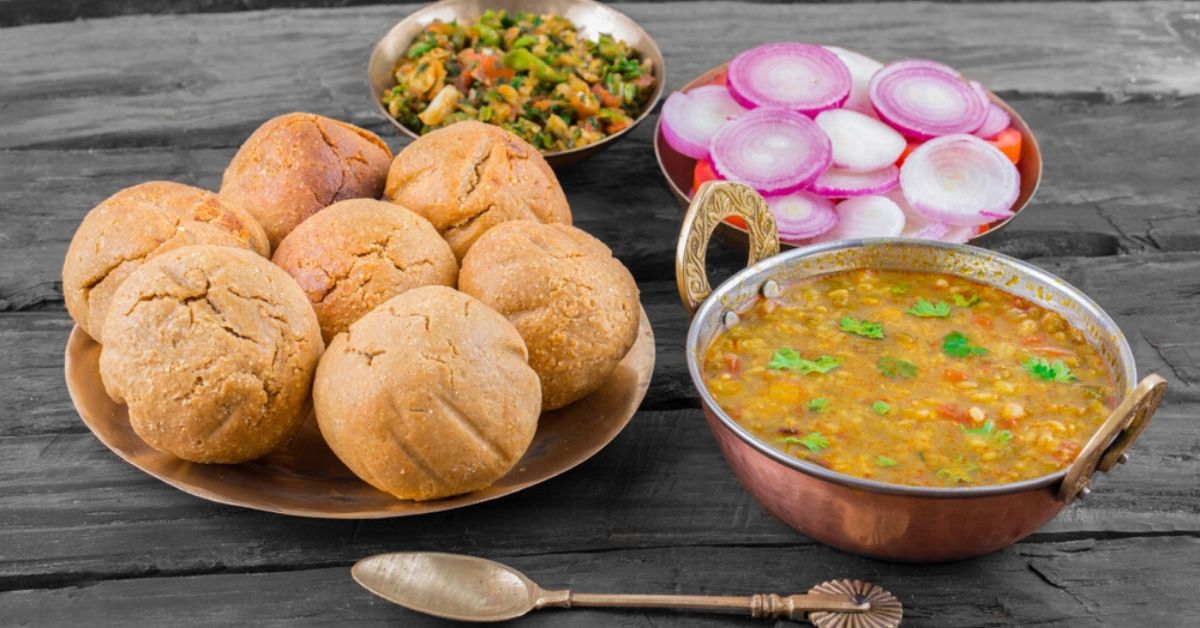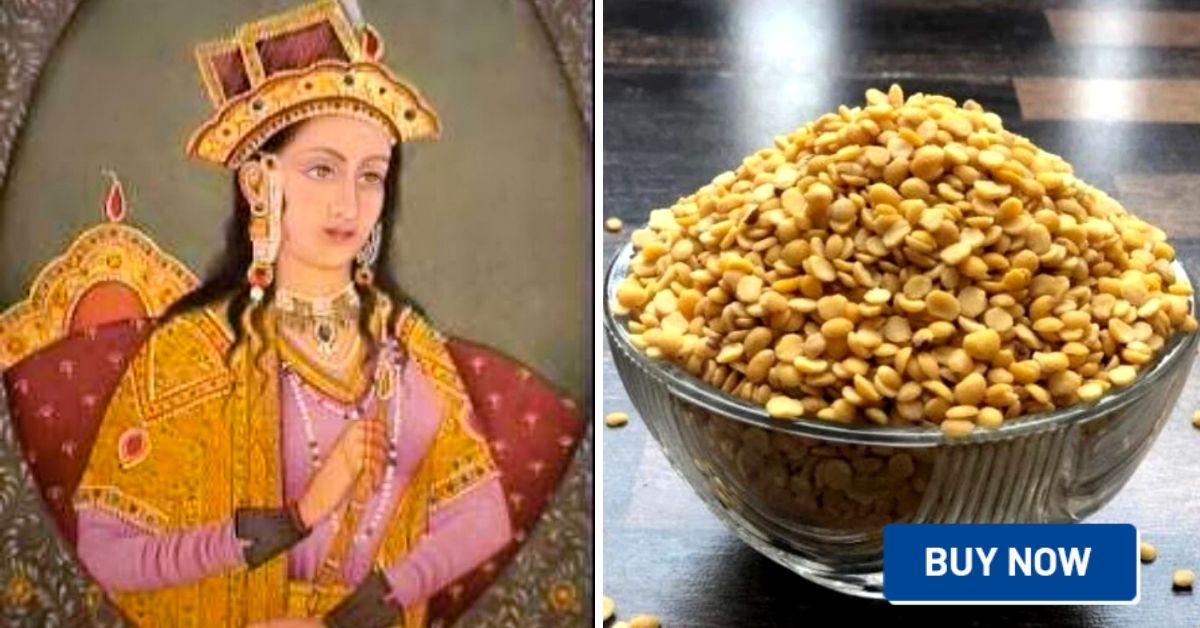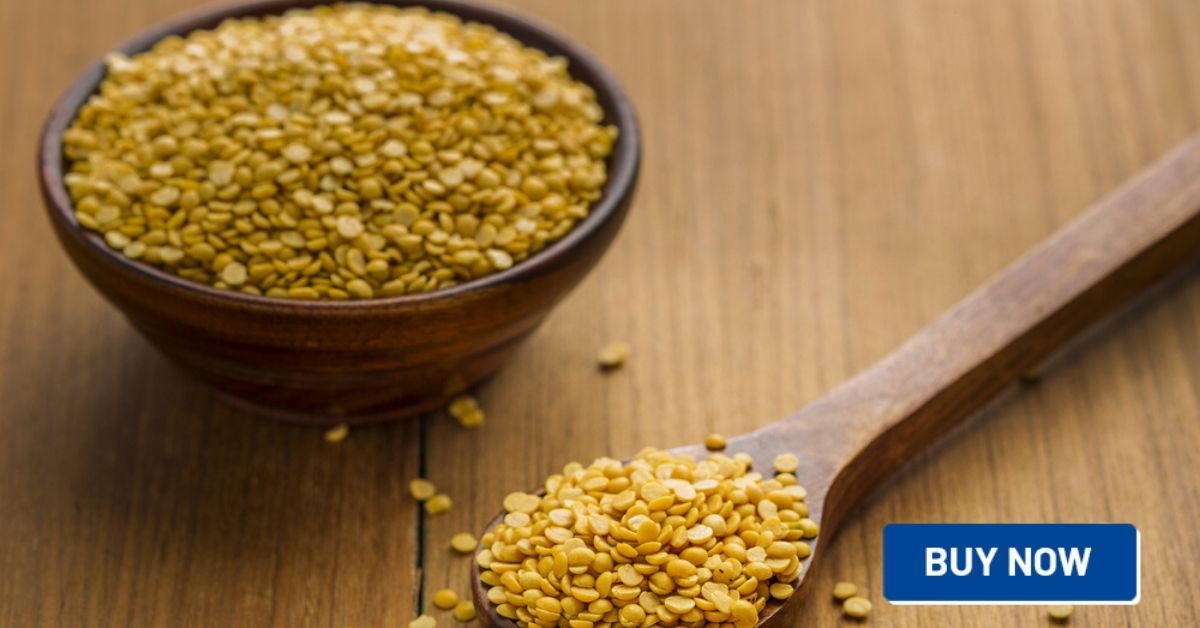Inspiring the Word ‘Lens,’ Toor Dal Had a Fan in Jodha Bai 400 Years Ago!
First grown in the Deccan plateau back in the 14th century BC, our favourite dal has only flourished over the millenniums. One can safely say our comfort food is rooted in prehistoric times!

A bowl of piping hot toor dal, elevated by a dollop of pure ghee is the food we all find comfort in. The love for this ‘humble’ dal has sustained through centuries. For example, even about 400 years ago, it had a staunch admirer in Jodha Bai, Akbar’s wife and the mother of his successor, Jehangir.
Various histories record that one of her favourite dishes was ‘dal panchmel,’ a mix of five lentils including toor. When she married Akbar, she introduced it into the predominantly non-vegetarian Mughal kitchen, along with a handful of other vegetarian dishes.
While Jodha Bai’s penchant for the dal is well-documented, it is just as likely that people around the country enjoyed it as much as the Rajput empress.
The origins of toor (also known as pigeon pea and arhar) dal date as far back as the 14th century BC. Archaeological finds of toor, have been found at sites in Karnataka, Maharashtra, Odisha and even Kerala.
The crop grows comfortably in areas that receive less than 650 mm rainfall and so, the tropical climate of the south-western regions were perfect for its growth.
Gradually, as trade became more widespread, toor travelled to the northern parts of India and found a home in places like Rajasthan and Delhi.
Incidentally, toor dal is a crucial ingredient in ‘Dal Baati Churma’, the delicious dish that Rajasthanis swear by. You can read about the fascinating story of the delicacy here.

Region by region and kingdom by the kingdom, the dal travelled across India.
When the Europeans arrived on our shores in search of spices and condiments, toor was one grain that they took back with them.
It is the British who named the dal’ pigeon pea,’ for it was used as pigeon feed. Little did they know that it was much more than a simple grain that pigeons pick at. It is also an excellent source of protein—perfect for those who like to keep their diet meat and dairy-free. In fact, the dal is rich in not just proteins (44%) but also potassium (39%) and carbohydrates (21%).
Another interesting anecdote involving toor is from the late 17th century. The Latin word for lentils, ‘Lens Culinaris’ was the source behind the word ‘lenses’ because of the similarity in shape.
Today, nearly 4.50 million tonnes of toor is produced world over, and approximately 63% of this production comes from India, where it is the common ingredient binding diverse palates.
In Maharashtra, it’s the simple ‘varan-bhat’ (dal without tadka and rice), while Bihar and UP swear by the tart ‘amchoor arhar’. If Punjab has the beloved ‘arhar Dal Fry’, Tamil Nadu has the ‘sambhar’.
No wonder then, that toor has earned the label of the “royal grain.”
From the 14th century neoliths to the Mughals and now in houses across India, toor has undoubtedly evolved to stay relevant. Humble as it may be, it has a regal history that deserves to be appreciated!
Taste the dal that your ancestors approved of. Get organic toor dal by clicking on this link.
(Edited by Gayatri Mishra)
Like this story? Or have something to share? Write to us: [email protected], or connect with us on Facebook and Twitter.

Similar Story

8 Best Idli Places in Bengaluru Which Serve Extra Love For ‘Thatte Idlis’
Larger than the usual idlis and shaped like discs, the ‘thatte idlis’ of Bengaluru have a fan following of their own. Here are eight places in the city for idlis and other South Indian breakfast staples.
Read more >
If you found our stories insightful, informative, or even just enjoyable, we invite you to consider making a voluntary payment to support the work we do at The Better India. Your contribution helps us continue producing quality content that educates, inspires, and drives positive change.
Choose one of the payment options below for your contribution-
By paying for the stories you value, you directly contribute to sustaining our efforts focused on making a difference in the world. Together, let's ensure that impactful stories continue to be told and shared, enriching lives and communities alike.
Thank you for your support. Here are some frequently asked questions you might find helpful to know why you are contributing?


This story made me
-
97
-
121
-
89
-
167














